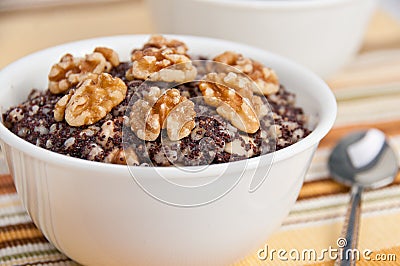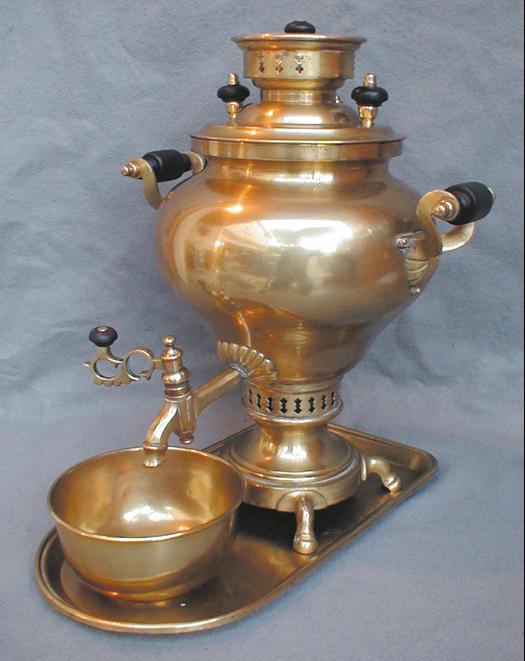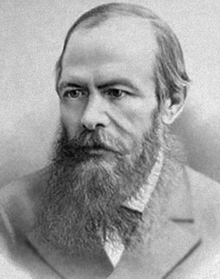Unless you are a Catholic, most people in Russia celebrate Christmas on January 7th.
Russia tradition is to fast on Christmas Eve, until the first star has appeared in the sky. People then eat 'kutia' a porridge made from wheat or rice served with honey, poppy seeds, berries and dried fruit, chopped walnuts or sometimes even fruit jellies!
Kutia is sometimes eaten from one common bowl, this symbolizes unity. In the past, some families like to throw a spoonful of sochivo up on the ceiling. If it stuck to the ceiling, some people thought it meant they would have good luck and would have a good harvest.
Sauerkraut is normally the main dish in the Christmas Eve meal. It can be served with cranberries, cumin, shredded carrot and onion rings. It might be followed by vegetable pies or porridge dishes such as buckwheat with fried onions and fried mushrooms.
Dessert is often things like fruit pies, gingerbread and honeybread cookies and fresh and dried fruit and more nuts.
'Vzvar’ is normally served at the end of the meal, It's a sweet drink made from dried fruit and honey boiled in water. Vzvar is traditionally at the birth of a child, so at Christmas it symbolizes the birth of the baby Jesus.
The Russian Santa Claus is named Father Frost. Accompanied by the Snow Maiden, he brings presents to children to place under the New Year's tree. He carries a staff, wears Russian wool felt boots called “valenki” and is carried across Russia in a 3-horse drawn sleigh called a "troika.”
Fun Fact: One of the most famous things about Christmas in Russia, to people in western Europe and the USA, is the story of Babushka. This famous story explains how an old women met the wise men on their way to see Jesus. However, most people in Russia have never heard of the story. It seems that it was probably made up by an American writer.
http://www.whychristmas.com/cultures/russia.shtml
http://goeasteurope.about.com/od/russianculture/a/russiachristmastraditions.htm






























